New York City In Old Color Photographs At The Turn Of The Century
Life was colorful in turn of the century New York City. But because almost all the photographs we see from that era are in black and white, it is hard to imagine what the city looked like in its full color glory.
The Library of Congress holds the incredible collection of The Detroit Publishing Company who manufactured postcards and chronicled the world with their photographs from 1880-1920.
One of the processes used to achieve color was called the photochrom. Photochrom’s are color photo lithographs created from a black and white photographic negative. Color impressions are achieved through the application of multiple lithograph stones, one per color. In 1897, the Detroit Publishing Company brought the process over from Switzerland where it was first developed.
The images presented here were eventually used for postcards. Here is a look at New York circa 1900 in high resolution color photographs. Click on any image to vastly enlarge.
Looking north along South Street with the Brooklyn Bridge in the background. This was still the age when shipping and boats crowded the harbor.
City Hall looking northwest with a sliver of City Hall Park on the bottom extreme left. Now there are blockades and fences surrounding the building, marring its relationship with the surrounding area – all in the name of protection from terrorism. Isn’t City Hall supposed to be for the people? The people are the city.
Directly east of City Hall is Park Row which housed Newspaper Row, where many of the newspapers had their headquarters. Looking from left to right, the shed-like building on the extreme left is the transportation center of The Brooklyn Bridge Terminal which connected the Brooklyn Bridge’s trains and trolleys to the Second Avenue Elevated trains. The terminal was demolished in two stages: one part in 1935 and the other in 1941.
Next to the terminal, the building with the dome is Joseph Pulitzer’s New York World Building. The World Building was razed in 1955 for a car ramp entrance to the Brooklyn Bridge.
The small building next to the World Building was built by Tammany Hall in 1811. The New York Sun purchased the building as their headquarters in 1867. The Sun moved to Broadway in 1914 and the building was demolished later that year.
The large building with the clock tower was designed by famed architect Richard Morris Hunt in 1875 as the home for the New York Tribune. The building was demolished in 1966. The final building on the right was the home of The New York Times, built in 1889. The Times moved their offices and presses to 42nd Street and Broadway (Times Square) in 1904. The Times Building is still standing and is currently occupied by Pace University.
Here we see the Bowery looking north from Grand Street. The street acquired a reputation for bawdiness, bums, saloons and cheap lodging that it is in the process of shedding with chic and trendy shops and upscale apartments.
The Third Avenue Elevated is in the foreground dominating the scene. On the left at 130 Bowery is the McKim, Mead & White designed Bowery Savings Bank. The bank closed in the 1980’s and is now the home of Capitale, a banquet hall. The immediate area houses many lighting establishments and restaurant supply stores. Though the el was removed long ago, many of the buildings shown here are still intact or slightly modified.
Here is West Street looking north from Liberty Street. For most of the 19th and early 20th century this part of Manhattan served as the wholesale market for a variety of food goods.
In 1900, this area of midtown at Fifth Avenue and 51st Street was still residential. Looking north, we see the “triple palace” houses of the Vanderbilt’s on the left side. They were built by William Henry Vanderbilt, son of Commodore Vanderbilt. The largest house of the three was for William and the two smaller houses were for his two daughters, Margaret Vanderbilt Shepard, who lived at 2 West 52nd Street, and Emily Vanderbilt Sloane, who occupied 642 Fifth Avenue. The land the mansions were built upon was leased from the Astor estate. In 1947, The Metropolitan Life Insurance Company demolished the mansions and built an office building on the site.
The first church in the foreground at 53rd street is St. Thomas Church. The second church in the background is The Fifth Avenue Presbyterian Church at 55th Street.
This dramatic curve was the highlight for northern Manhattan riders of the Ninth Avenue Elevated at 110th Street. We are looking west from 110th Street and Eighth Avenue. The tracks were more than 60 feet above street level. The curve took the tracks from Ninth Avenue (now Columbus Avenue) over to Eighth Avenue (now Frederick Douglass Boulevard) to continue the journey uptown. In 1940 Ninth Avenue Elevated service was discontinued and the line was dismantled.
In between the supporting columns of the elevated, we can see the beginnings of the construction of the choir for the Cathedral Church of St. John the Divine. The building, the fourth largest Christian Church in the world, is still unfinished today. To the right of St. John the Divine is the original portion of St. Luke’s Hospital built in 1896 by Ernest Flagg.
Notice there is one man walking with an umbrella on what appears to be a clear day while another man rides a bicycle on the mostly deserted streets.
High Bridge is the oldest bridge in New York City. Designed by John B. Jervis and completed in 1848 it brought badly needed fresh water from the Croton River in Westchester 41 miles away, through the Croton Aqueduct to New York City. The bridge passes over the Harlem River at 170th Street in the Bronx and connects with Manhattan at 173rd Street. The tower at the end of the bridge is the pumping station for the Aqueduct which operated until 1949. The bridge continued carrying water until 1958.
As a popular pedestrian bridge, it offered majestic views of upper Manhattan and the Bronx. This changed after April 20, 1958 when a gang of juveniles tossed sticks, stones and bricks from the bridge on to the Circle Line sight-seeing boat, injuring four people. In 1960 the bridge was “officially” closed to pedestrians. However in the early 1970’s vandals and delinquents continued to enter the bridge and some miscreants hurled bricks on to another passing Circle Line boat, this time killing a passenger. This necessitated fortifying and permanently blocking the entrances to the bridge so no one could trespass.
After being off limits to everyone for more than forty years The New York City Department of Parks & Recreation is overseeing the rehabilitation of High Bridge and it is scheduled to re-open in 2014.

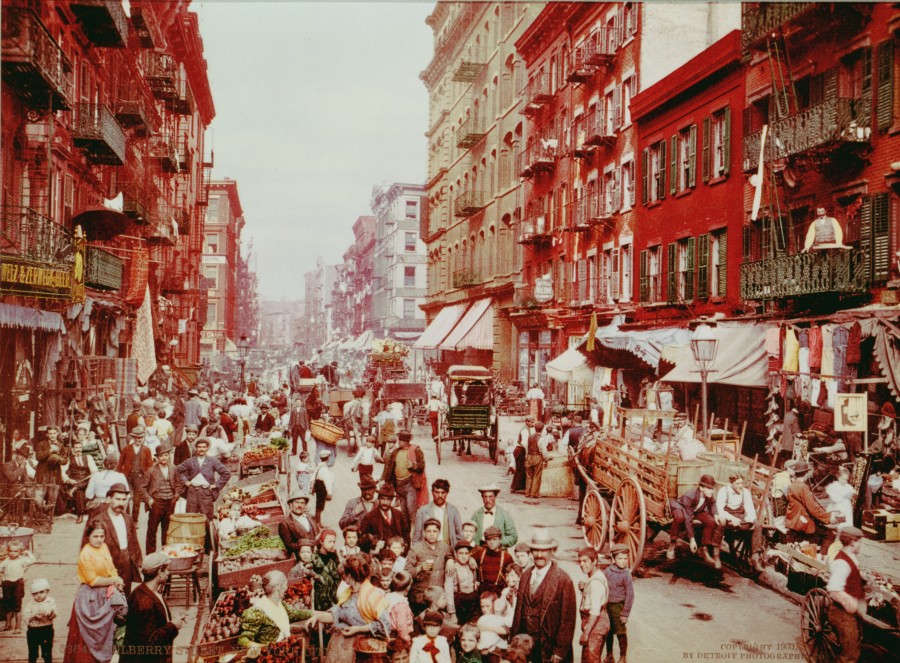


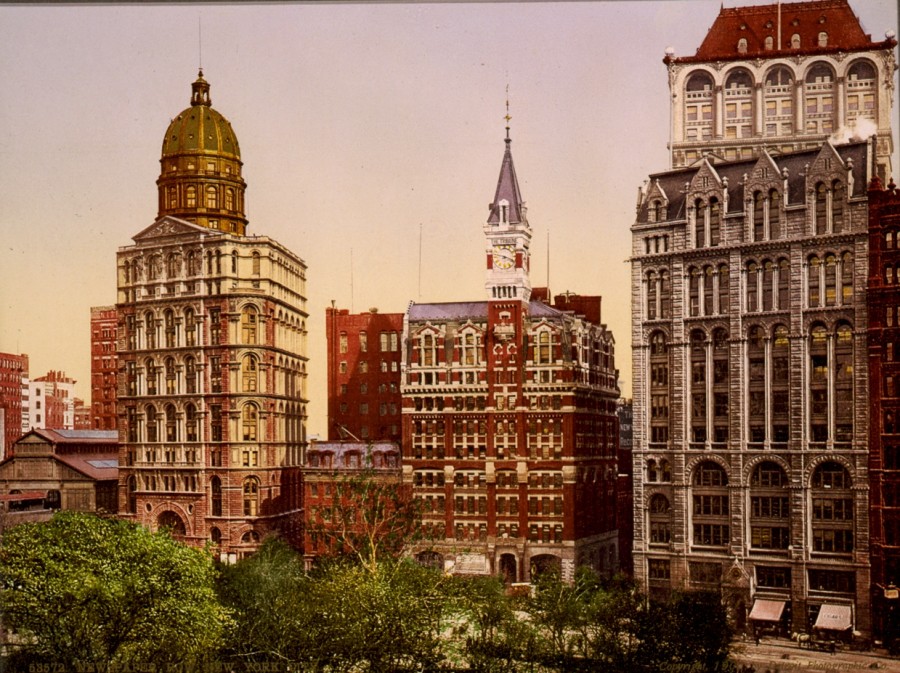
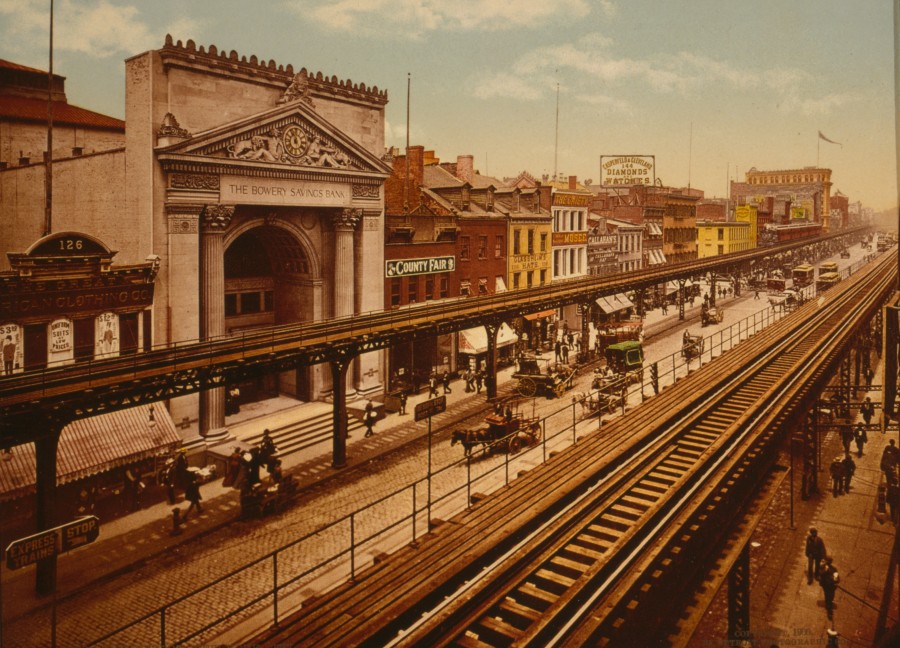
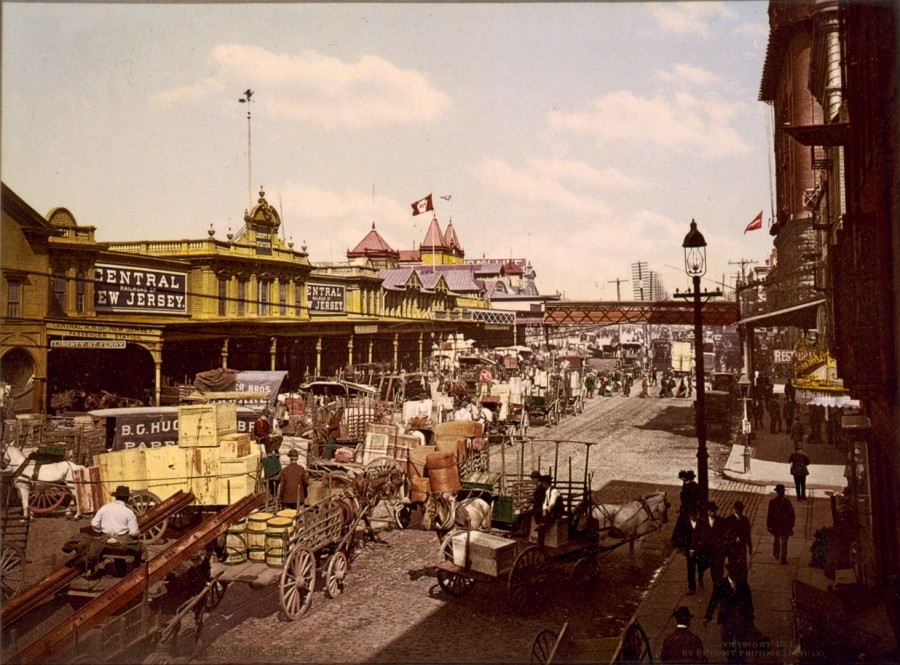
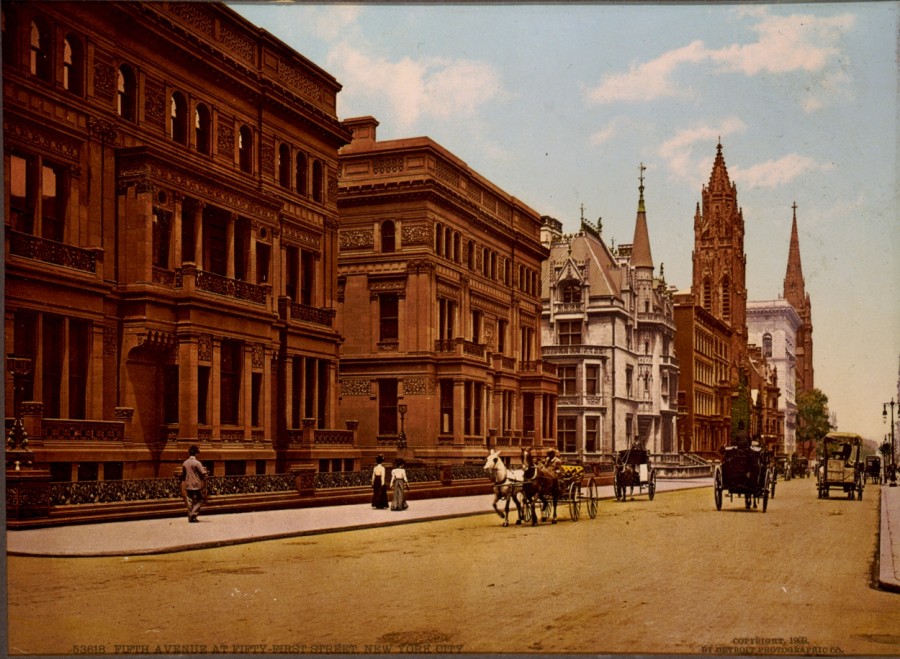

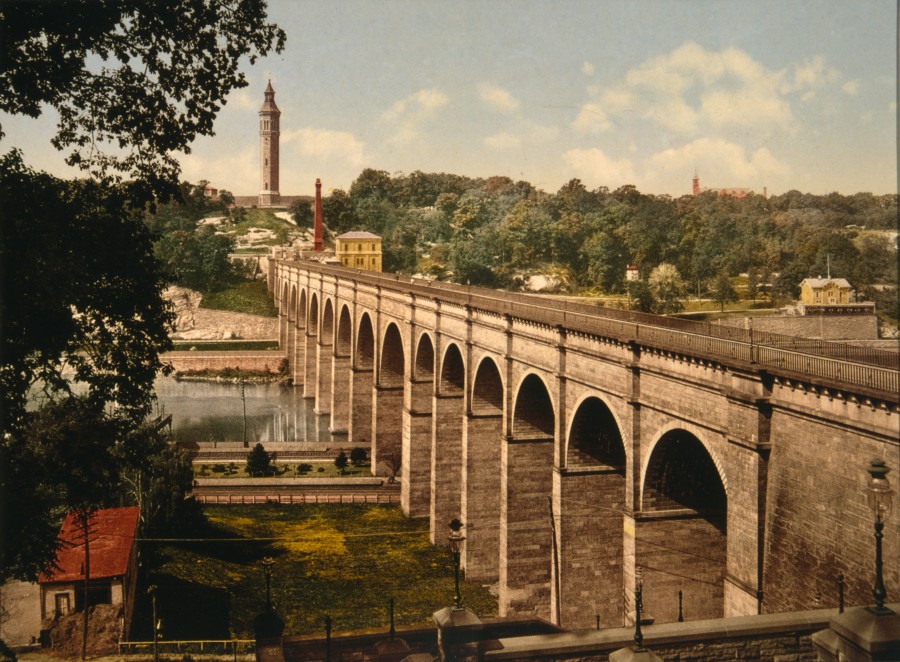

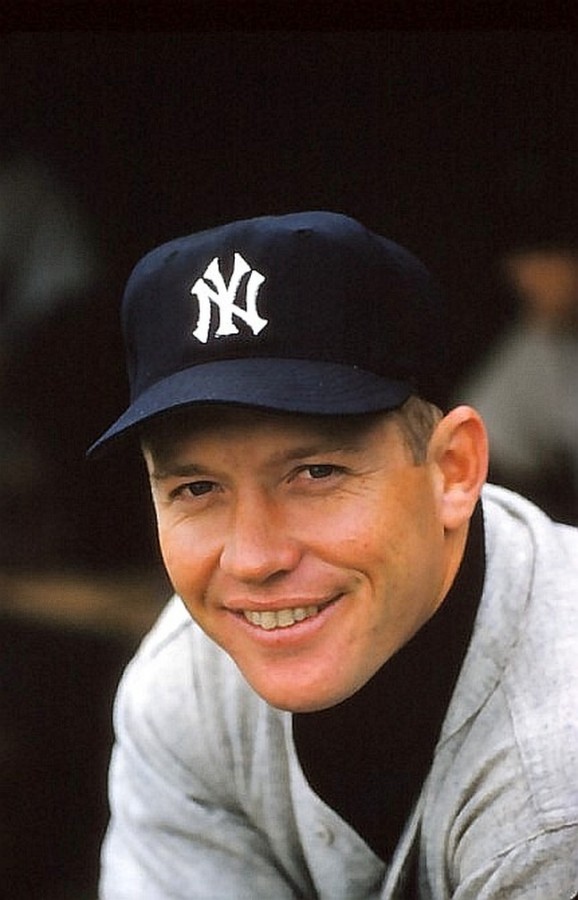

Good read, I have come across a piece of tin that was used to cover a mouse hole in an old cabinet. On this piece of tin it reads THE BOWERY SCHALLER”! I have been looking for this and what it was ? Any thoughts?
Thanks.
Not sure, but there was a harmonica with that name- see a photo here
A historical newspaper search had no results. If not related to the harmonica, I have no idea.
Great site, great stuff! Since you are lovers of knowledge, just thought to share that these are not technically “color photos” – that phrase would be reserved for photographs where the colors were produced chemically in the developing process (and thus reflective of the true colors of the scene). These are “colorized (or colored) photos” which referes to the process of tinting monochromatic (ink-printed) photographs, substantially different from color photography. This multi-plate lithographic process was very common for postcards printed in Germany at the time. Not sure if this even matters on a post more thn seven years old! Cheers, nonetheless.
Pingback: Imagining History through Fiction – The Interpretation of Murder - Hamizah Ismail
Am very impressed with your blog. I’d rename it ” Stuffpeoplecareaboutandontknow” !!
Great photos – I see you include a link to LOC- is it ok to use your photos with credit to you and LOC in my blog?
I found your blog – from a great post about Fatty (Roscoe) Arbuckle, a talented, intriguing man indeed!
Thanks for your compliment. Yes you can use with credit.
Nice pictures. I am sorry to break anybody’s heart, but if you look close you can see that they are colorized B&W. Nice pix, but not in real color. They were probably browntoned, then hand colored. It’s hard to tell on computer screen.
They are photochrom’s, as the story points out:
This is so great to see early NYC in color. I have never seen these photos anywhere else. I hope there might be more coming in the future.
great site !!
just found a handwritten document of my great grandfather, visting NY in 1902. He talks about the Vanderbilt houses ( you have very nice postcards on your site) but also about Hotel Stevens on Broadway where he stayed. Do you have any info on that ? or any idea wher to find it ?
thank you
Thanks for the compliments. The Stevens House Hotel was located on lower Broadway at 27 Broadway. see http://collections.mcny.org/Collection/%5BStevens-House,-27-Broadway.%5D-2F3XC5UXZDAI.html
Amazing pics. Glad I clicked on
This stuff is really interesting!
Thanks. It’s meant to be. Glad you are enjoying it.
nothing less than fabulous..looking for a photo 503 Fifth Ave, entrance on 42nd street
old and about 1960 -1970
Great images of New York and especially the High Bridge. For all the latest images of the High Bridge in photography and art see highbridgeparkdevelopment.blogspot.com
just found your blog and am loving it
Thanks! I appreciate you taking the time to tell me.
These pictures are amazing, each and every one of them! I would love to be able to hang them as a collage in my living room, is there any place copies can be purchased?
Go to this link at the Library of Congress and they have a service that will reproduce copies for you.
Thank you so much!!!!
great read and pictures
Thanks! I appreciate the feedback.
This is fantastic! I love the history along with the pictures; but I don’t see a Twitter follow. I’d love to follow updated links via Twitter. Thank You.
Thanks. Took your suggestion and added “share” buttons today after two years of not having them.